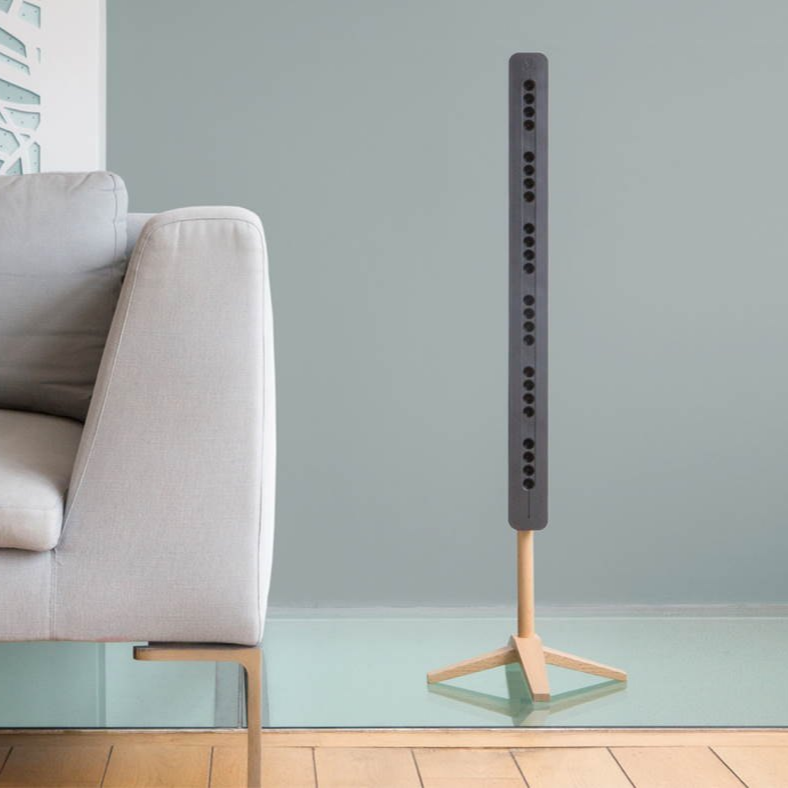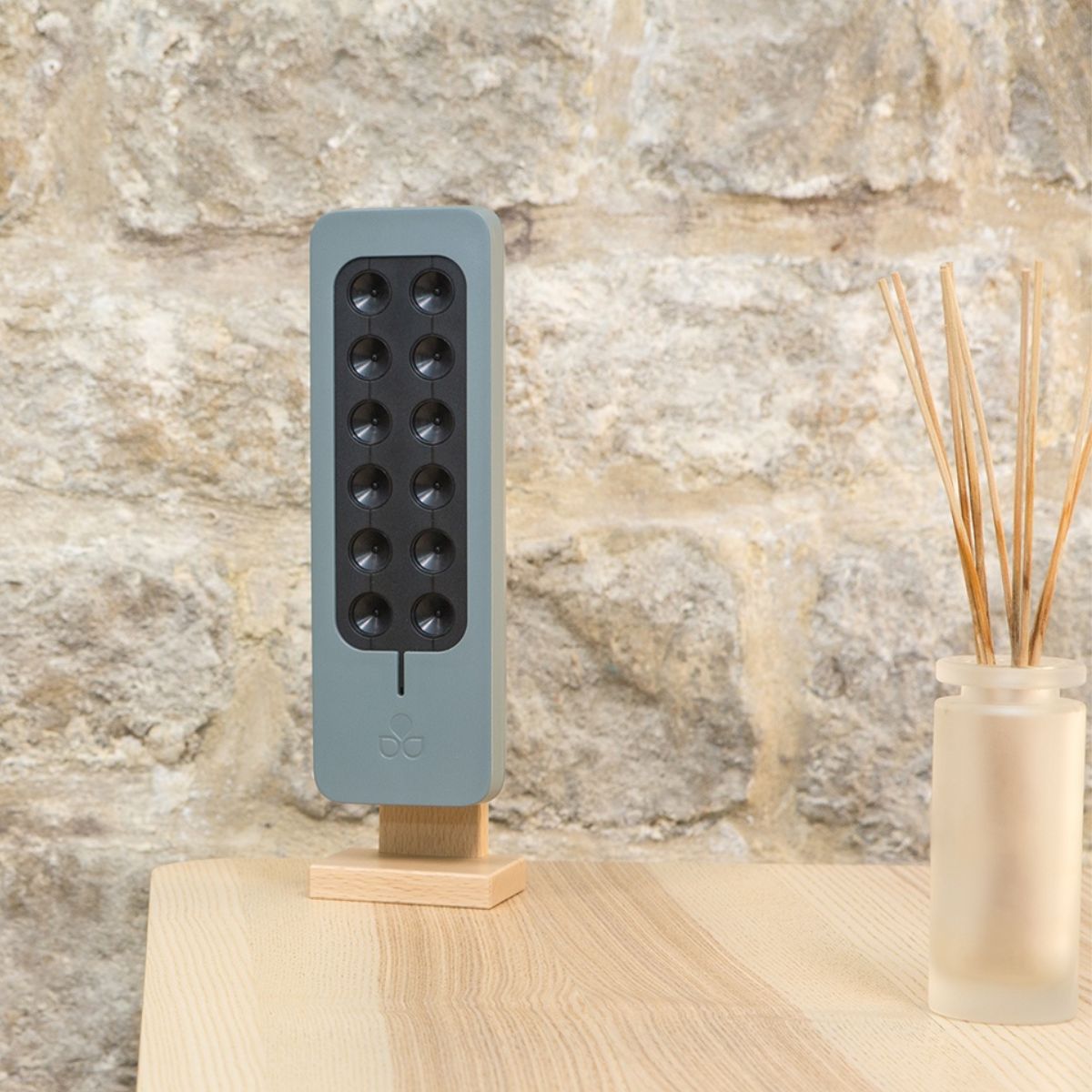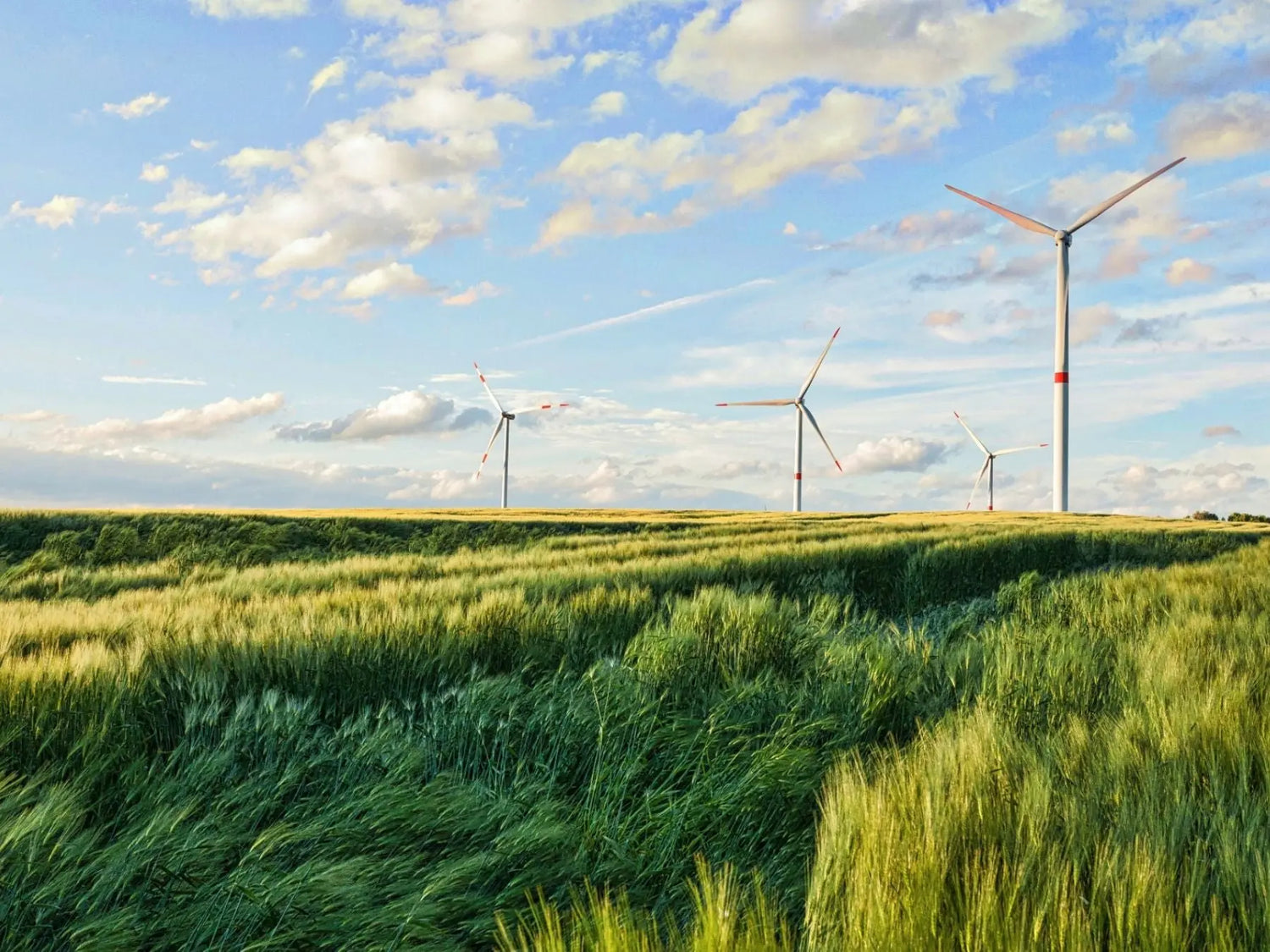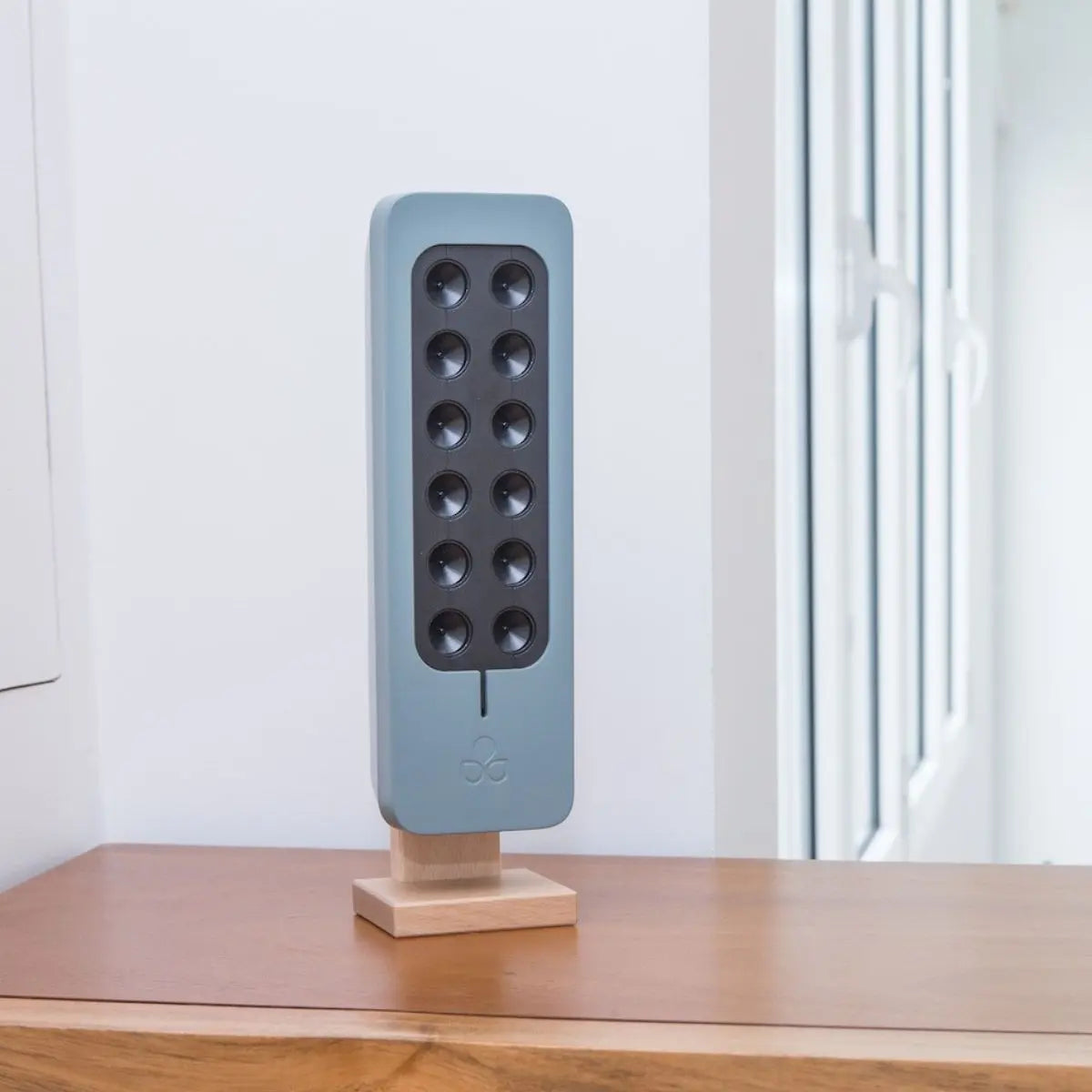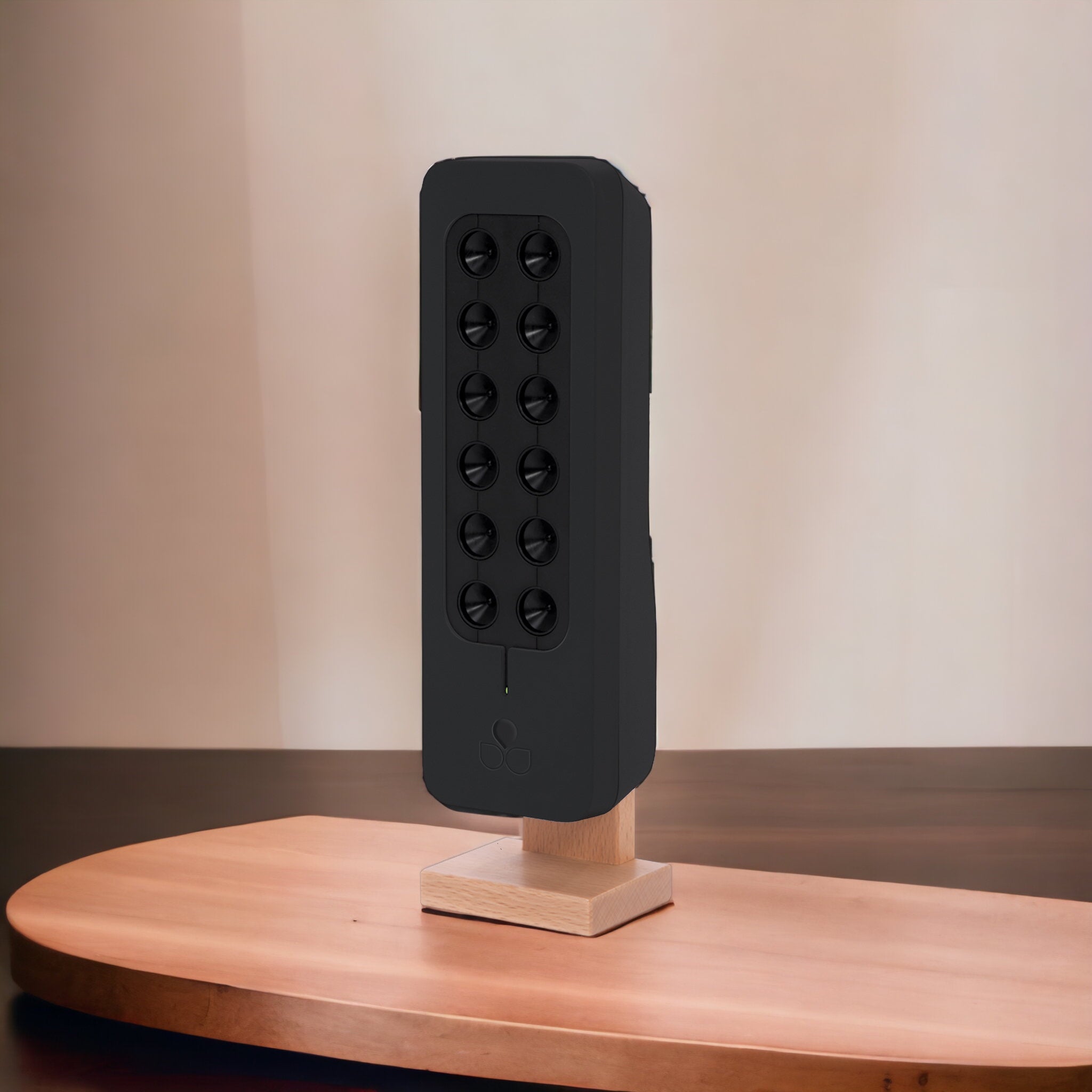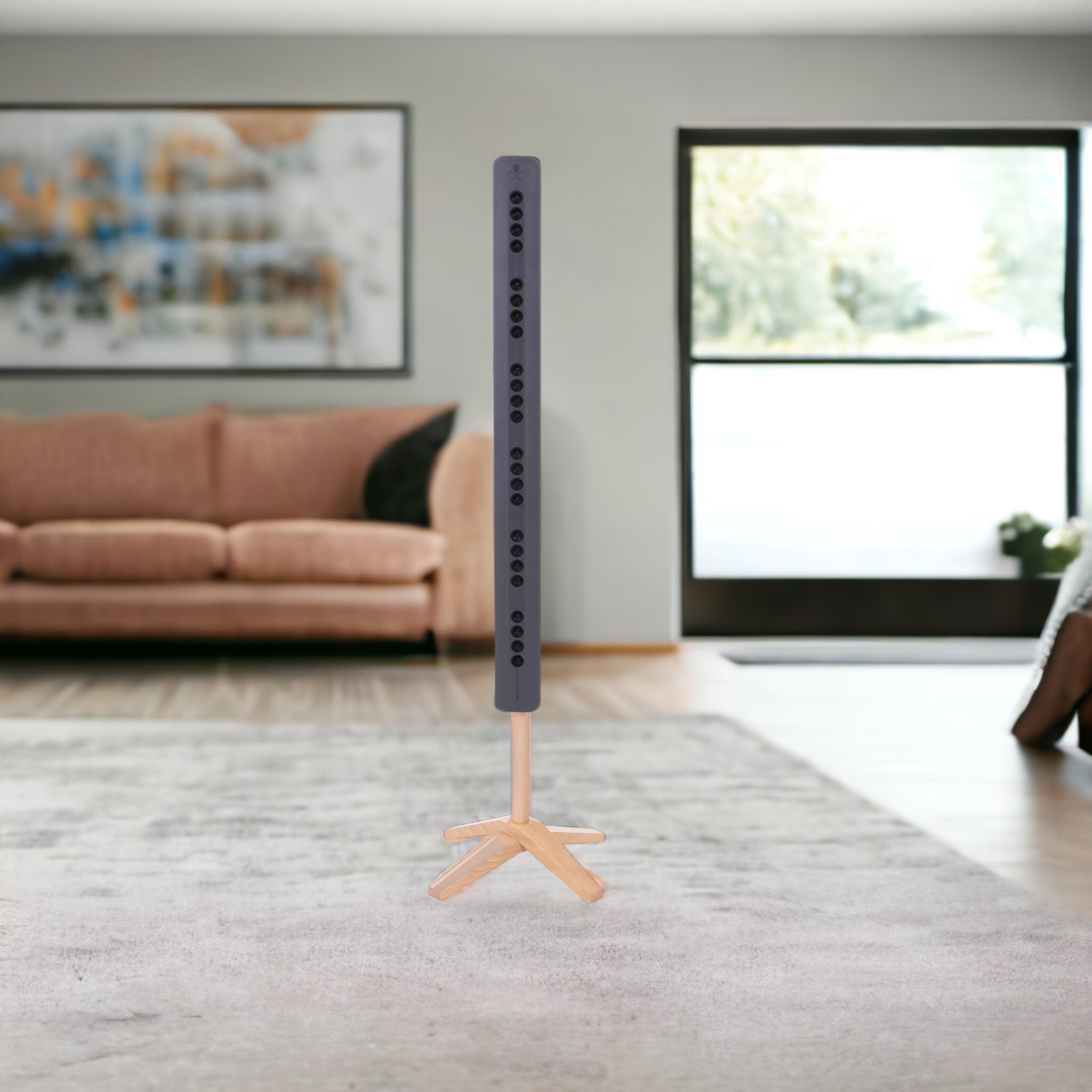Understanding Air Purifiers
Air purifiers are designed to remove harmful pollutants from the air we breathe. However, the question arises: do they contribute more to pollution while attempting to reduce air pollution?
Quote: "The environmental footprint of a product can be measured through its Life Cycle Analysis"
Factors Influencing Environmental Footprint
Two key factors influence the environmental footprint of a product - product lifetime and energy consumption.
Product Lifetime
The longer the product's lifespan, the more its environmental footprint becomes spread over time. Hence, an air purifier designed for durability is a more eco-friendly choice.
Energy Consumption
The energy efficiency of a device directly affects its environmental footprint. For air purifiers, it is crucial to select an energy-saving model as it is subjected to daily use.
However, if not chosen wisely, an air purifier might end up emitting more pollutants than it removes.
The Irony of Air Purification
Many nations depend heavily on coal-fired power plants for electricity production. Coal is responsible for 40% of the global electricity generation. Yet, these plants emit between 0.3g to 130g of particles per kilowatt-hour.
Coal and oil are significant contributors to CO2 and particulate matter. The particle pollutant emissions often exceed 1g and could even reach 100g for one kilowatt-hour produced.
Case Study: HEPA Filter Air Purifiers
Let's consider a high-performing air purifier with a HEPA filter that treats approximately 7 cubic meters of air per Wh consumed. For an average particle pollution of 50µg per cubic meter, 0.35g of particles are eliminated per kWh. As the filter gets clogged, the energy requirement increases, reducing the purifier's efficiency.
Quote: "Even an efficient air purifier with a HEPA filter eliminates, at best, the same quantity of particles as those it requires, at worst, 500 times fewer particles!"
The Environmental Cost of Consumables
Air purifiers with filters require regular replacement of one or more filters, which have their own life cycle, consuming raw materials and energy from production to disposal.
TEQOYA: The Eco-friendly Choice
TEQOYA air purifiers stand out for their effectiveness in eliminating particles and minimizing the environmental footprint.
Key Features of TEQOYA Air Purifiers
- 10-year warranty
- Very low energy consumption (2W)
- No consumables, making them eco-friendly
Understanding Air Ionizers
Air ionizers work on the principle of negative ions abundant in natural environments. But how do they manage to capture pollution particles from indoor air?
How Air Ionizers Work
Just as the name suggests, air ionizers ionize the air. This process involves adding an extra electron to air molecules, turning them into negatively charged ions. These ions then attach themselves to pollutants, effectively pulling them out of the air we breathe.
Effectiveness Against Viruses
Air purifiers have shown effectiveness against viruses, including the coronavirus (COVID-19). By capturing and removing these harmful microorganisms from the air, air purifiers can contribute to a healthier indoor environment.
Eco-responsibility and Air Purification
Choosing an air purifier that reduces energy and resource consumption is a step towards eco-responsibility. With TEQOYA air purifiers, you can purify your indoor air while also protecting the planet.
Conclusion
While air purifiers may help improve indoor air quality, it's crucial to consider their environmental impact. Opting for eco-friendly alternatives like TEQOYA's air ionizers can be a step towards responsible air purification.
For more information on air quality and news from TEQOYA, please click here.

